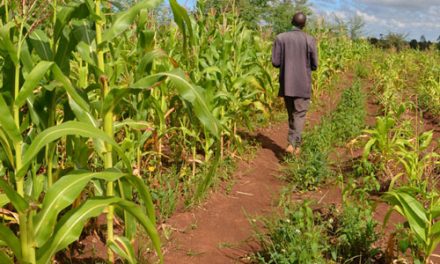
Meatco lowers feedlot intake weight to 220 kg

Meatco’s Executive: Livestock Procurement, Heiner Böhme recently announced that the company has lowered its feedlot intake weight to 220 kg, due to the current difficulties being experienced in agricultural sector.
Meatco will continue to pay fair prices to producers while in the process of stocking-up the Okapuka Feedlot, said Böhme in a statement.
“As a result of the ever declining numbers in slaughter carcasses, the Okahandja Abattoir is closed on a temporary basis. However, in the event that the drought persists, Meatco will do its utmost best to accommodate producers and slaughter available cattle. In the same vein, we expect leaner cattle with lower carcass weights coming through our facilities this year. We further caution farmers to be aware of and treat animals according to the highest Animal Welfare Standards when loading and transporting cattle to Meatco,” Böhme said.
According to Böhme the move came into fruition as this year it is predicated to be yet another difficult year for the local agricultural sector, due to two major facets, namely, the recent South African border closure necessitated by the foot-and-mouth-disease outbreak and the looming drought.
Meatco said that the drought will result in most farmers only determining their marketing trend for 2019 towards the end of February if the much-anticipated rains do not occur earlier or around that time.
On the other hand, slaughter prices are expected to remain sideways (the same) or slightly increase as a result of an awaited battle for local slaughter cattle due to the border closure as mentioned above. This could also lead to potential shortage of beef on the shelves of local retailers, Meatco added.
Furthermore, producer prices in neighbouring South Africa are dropping, particularly those of sheep, and consequently affecting Namibia’s domestic sheep industry.
“In addition to this, an abundance of small weaners below 200kg is expected due to early weaning and the current herd composition of mainly weaner producers. Live prices have already dropped from about N$36 per kilogram last year to N$26 per kilogram currently, hampering the current weaner marketing opportunities. As a consequence, migrating from the weaner production system to ox production system is not a feasible option for cash-stripped farmers during a drought year because of the time it takes to rear slaughter-ready animals,” Böhme explained.











































